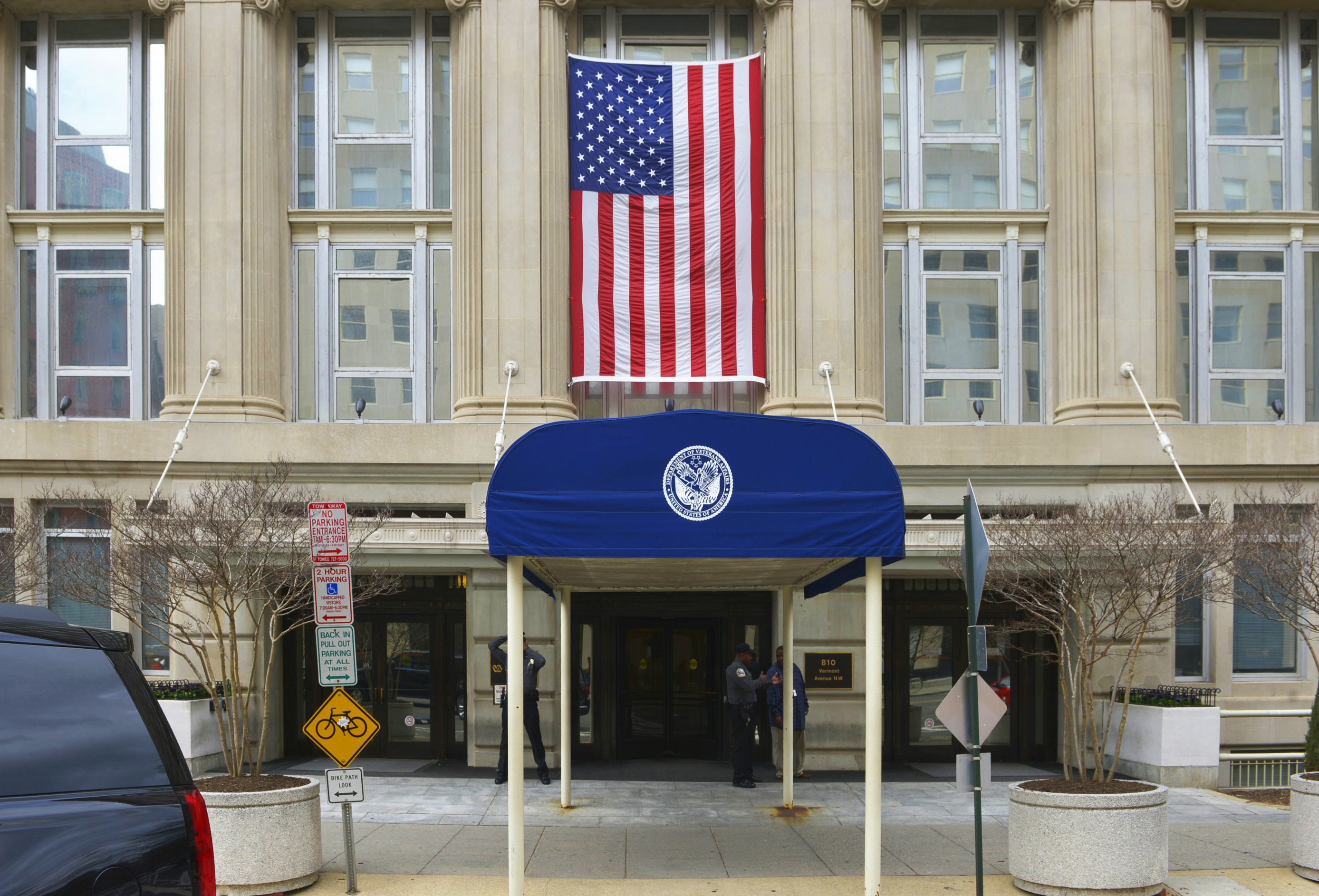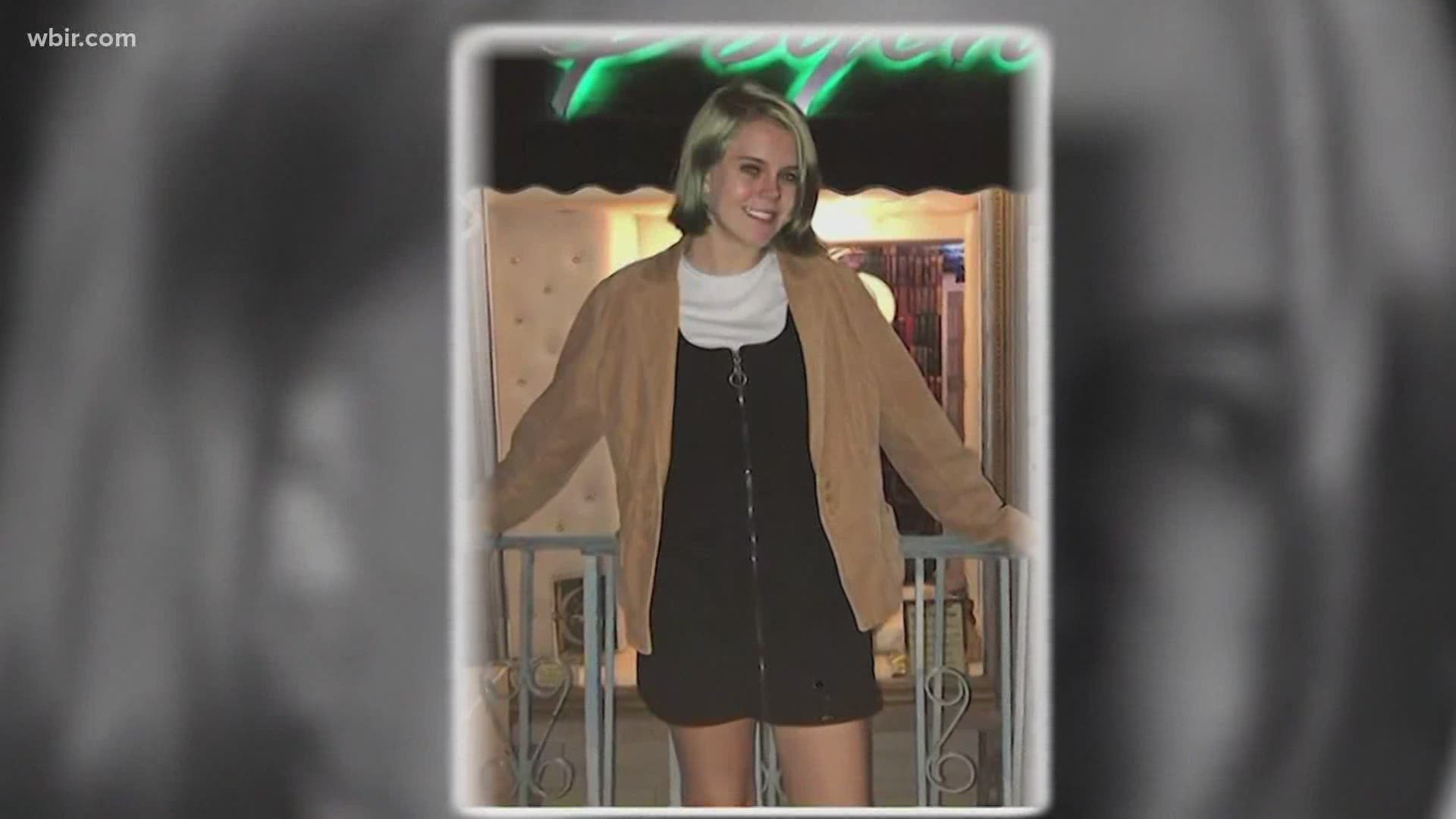WASHINGTON — Supervisors instructed employees to falsify patient wait times at Veterans Affairs' medical facilities in at least seven states, according to a USA TODAY analysis of more than 70 investigation reports released in recent weeks.
Overall, those reports — released after multiple inquiries and a Freedom of Information Act request — reveal for the first time specifics of widespread scheduling manipulation.
Employees at 40 VA medical facilities in 19 states and Puerto Rico regularly “zeroed out” veteran wait times, the analysis shows. In some cases, investigators found manipulation had been going on for as long as a decade. In others, it had been just a few years.
In many cases, facility leaders told investigators they clamped down the scheduling improprieties after the Phoenix scandal, but in others, investigators found they had continued unabated.The manipulation masked growing demand as new waves of veterans returned from wars in Iraq and Afghanistan and as Vietnam veterans aged and needed more health care.
In 2014, The Arizona Republic, part of the USA TODAY NETWORK, and other media revealed scheduling manipulation at Phoenix VA Medical Center and that dozens of veterans died while waiting for care. Subsequent reporting that year showed that similar problems extended nationwide. Investigators had said manipulation was “systemic,” but they did not identify which facilities had problems and how serious they were. The inspector general soon launched investigations of more than 100 facilities.
The newly released findings of those probes show that supervisors instructed schedulers to manipulate wait times in Arkansas, California, Delaware, Illinois, New York, Texas and Vermont, giving the false impression facilities there were meeting VA performance measures for shorter wait times.
In some cases, the system encouraged manipulation even without explicit instruction from supervisors. A manager in West Palm Beach, Fla., sent out laudatory emails touting the shorter wait times the system showed. Schedulers in Harlingen, Texas, reported being berated by supervisors when they booked appointments showing longer wait times for veterans. (It was “not pretty,” one employee said.)
In some cases — in Gainesville, Fla., White River Junction, Vt., and Philadelphia, for example — they found VA employees improperly kept lists of veterans needing care outside the scheduling system, a violation that also hid actual wait times.
Roughly half of the 70 newly released reports are from investigations completed more than a year ago, and the VA says it already initiated discipline against 29 people — three of whom left the agency — because of the findings.
The agency said it has retrained thousands of schedulers and is updating software to make it easier for them to book appointments properly. A pilot program at 10 facilities allows veterans to book their own appointments, and the VA expects to roll that out nationwide, according to David Shulkin, a physician who took over as undersecretary for health at the VA in June.
Shulkin told USA TODAY he also initiated two massive, same-day efforts to try to provide care sooner for more than 100,000 veterans, and he said the agency also has increased capacity to get wait times down.
“We’ve expanded appointments, we have added evening hours and weekend hours, we’ve added 3 million square feet of space, we’ve hired 14,000 new providers,” he said.
But VA whistle-blowers say schedulers still are manipulating wait times. Shea Wilkes, co-director of a group of more than 40 whistle-blowers from VA medical facilities in more than a dozen states, said the group continues to hear about it from employees across the country who are scared to come forward.
“Until the VA decides it truly wants to change its corrupt and poor culture, those who work on the front lines and possess the true knowledge relating to the VA's continued data manipulation will remain quiet and in hiding because of fear of workplace harassment and retaliation,” said Wilkes, a social worker at the VA Medical Center in Shreveport, La.
This is not the first time the VA has said it would fix problems with scheduling. When the inspector general found in 2005 that VA schedulers were improperly booking appointments — and wait lists were therefore underestimated by as many as 10,000 veterans — the agency initiated a “national education plan” to retrain schedulers and supervisors. In 2010, VA officials discovered schedulers were using “gaming strategies” to falsify wait times to meet agency performance targets, and they required all schedulers to undergo new training, once again.
In the newly released reports, investigators found schedulers were using the same strategies. Most commonly, schedulers would start the wait clock on the day of the appointment they were booking rather than when the veteran wanted to be seen. The system then showed there was no wait time even if the veteran had to wait weeks or months for an appointment.
As recently as October, the Government Accountability Office said the VA’s wait-time system still is prone to scheduler error and produces unreliable data.
Shulkin said that in addition to the actions the agency has already taken, he is planning to overhaul entirely the way the VA measures wait times and ensures veterans get care when they need it.
“I have found reports in the bottoms of drawers from 15 years ago that suggested that access issues existed in the VA and that we needed to address these systems systemically rather than piecemeal,” he said. “It’s not a matter of just retraining people to be able to accurately record wait-time data, this is a matter of actually redesigning and relaunching your whole approach to how you care for veterans.”
On Friday, he plans to launch a new “declaration of access” laying out goals to reach by the end of the year, including that veterans will be able to get same-day primary care and mental health care within a similarly ambitious time frame.
He said the agency is moving toward measuring wait times by veteran satisfaction. The VA currently asks veterans at computer kiosks when they check in for appointments whether they are satisfied that they got the appointments when they wanted them. The VA also is working on a new way to measure wait times in the scheduling system.
None of that data is publicly available yet, but Shulkin said he plans to publish it on the VA’s website in coming months. Right now, he said 89% of veterans say they are satisfied and he uses the data to guide management.
“It’s how I know we’re heading in the right direction,” he said.
More than 480,000 veterans were waiting more than 30 days for an appointment as of March 15, public VA data show.

![David Shulkin on building new tools and collecting better data at the VA [video : 82750362]](http://videos.usatoday.net/Brightcove2/29906170001/2016/04/29906170001_4832918314001_4832803806001-vs.jpg?pubId=29906170001)

